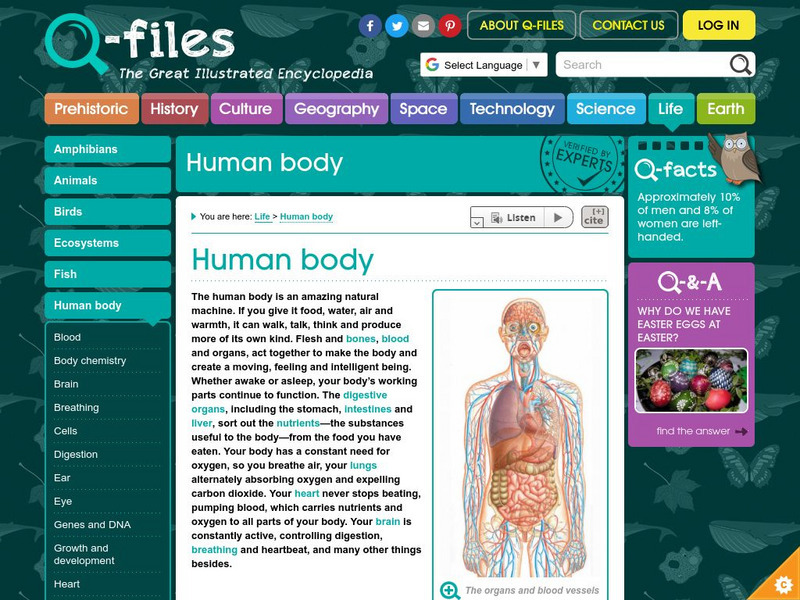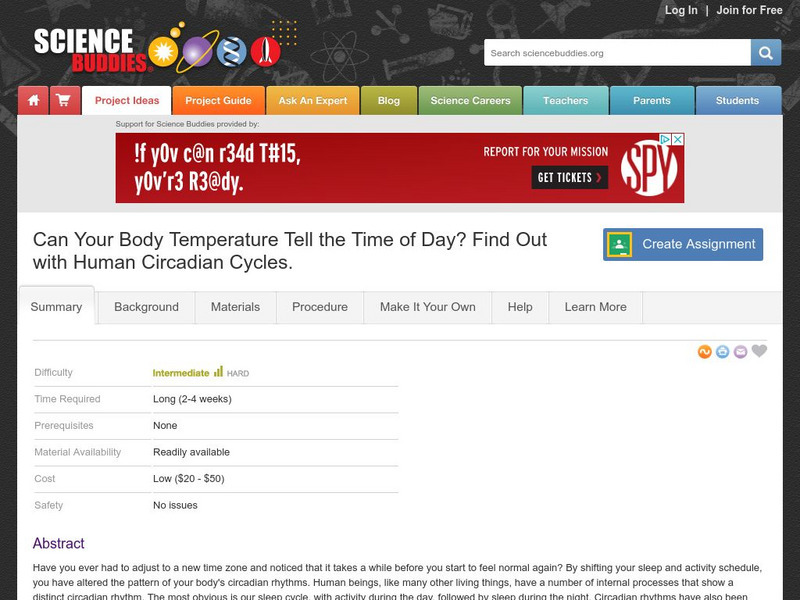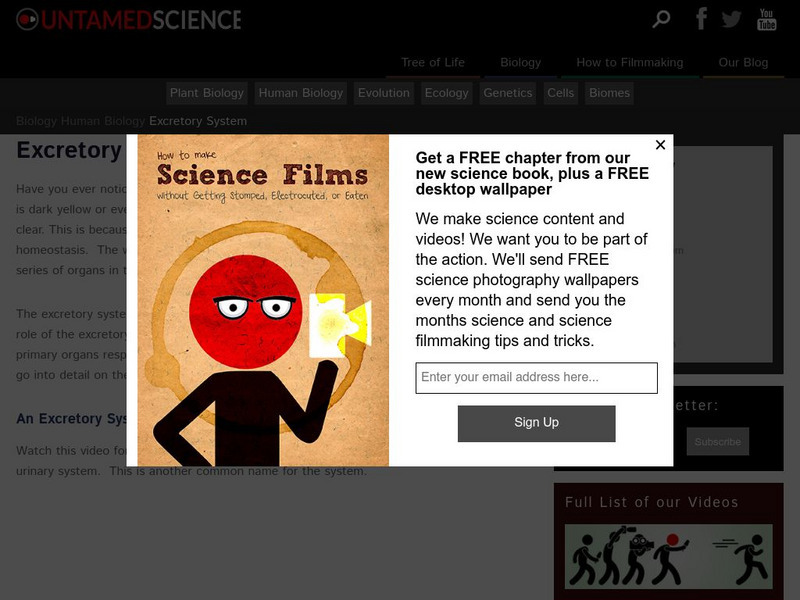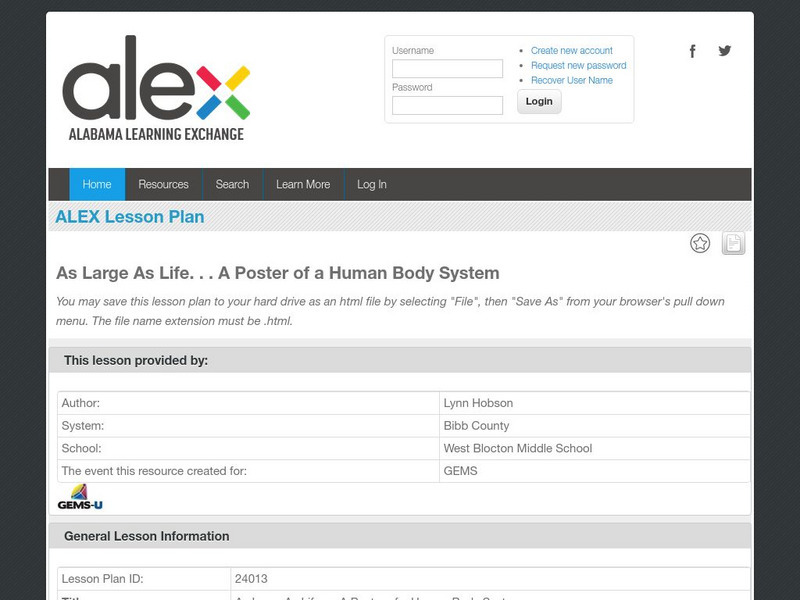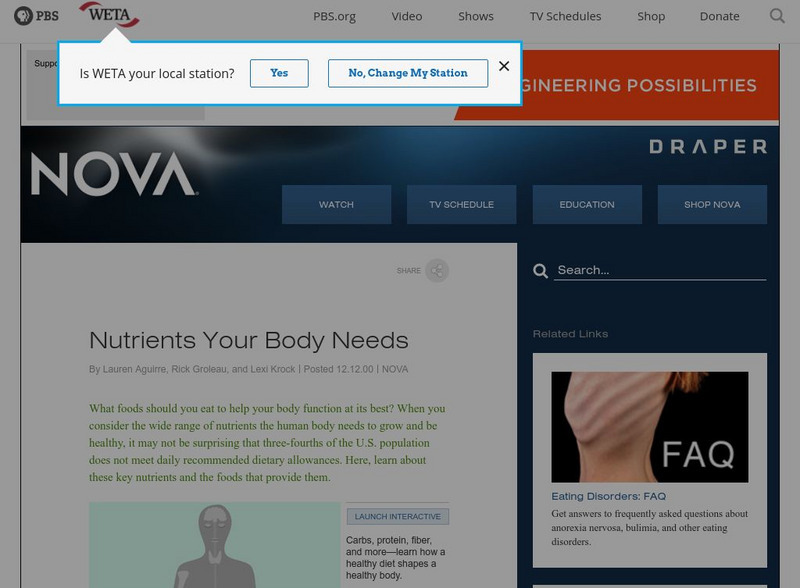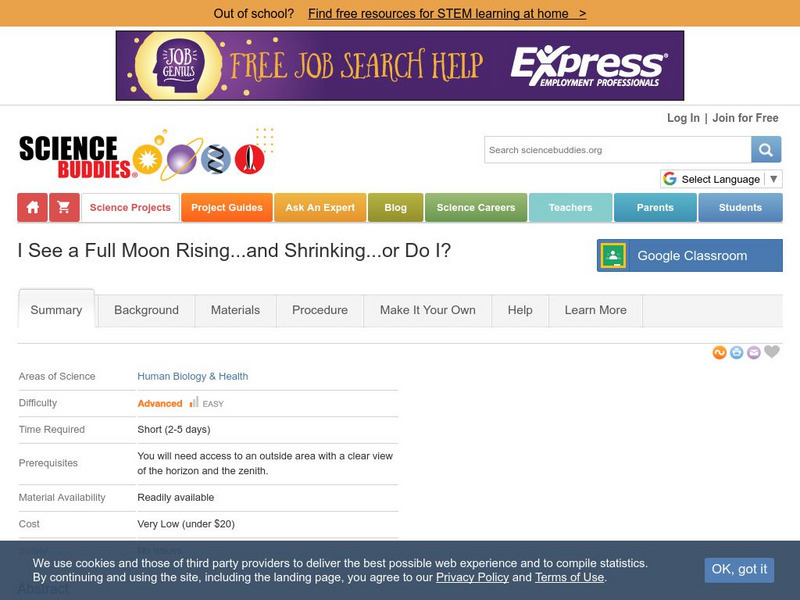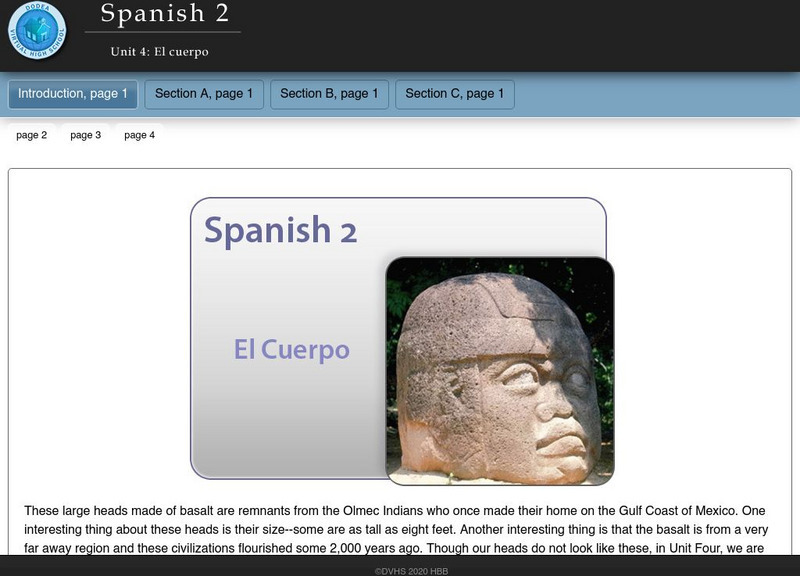National Cancer Institute at the National Institutes of Health
Seer Training Modules: Introduction to the Human Body
Self-guided learning activity where students learn about the functions, processes, and anatomy of the human body. There is a short quiz at the end of the lesson to check for understanding.
Open Curriculum
Open Curriculum: Organization of the Human Body
An illustrated article which helps students understand the levels of organization of the human body.
Science Buddies
Science Buddies: Can Your Body Temperature Tell the Time of Day?
If you have ever had to adjust to a new time zone, you have noticed that it takes a while before you start to feel normal again. By shifting your sleep and activity schedule, you have altered the pattern of your body's circadian rhythms....
Georgia State University
Georgia State University: Hyper Physics: Temperature Regulation of the Human Body
Discusses the methods the human body uses to regulate body temperature. Includes links to the four external heat transfer mechanisms (radiation, conduction, convection, and evaporation of perspiration).
TED Talks
Ted: Ted Ed: Why Are Human Bodies Asymmetrical?
Leo Q. Wan takes us into the human body to show how biological asymmetry can be quite beautiful. [4:18]
Untamed Science
Untamed Science: Biology: Human Biology: Excretory System
Explore how the human body rids itself of wastes with the function of the kidneys.
Alabama Learning Exchange
Alex: As Large as Life a Poster of a Human Body System
This is a student led exploration of the systems of the human body through art and self-expression. Groups will cooperatively develop a poster, the size of a fifth-grade student, and will accurately depict the assigned system of the...
Open Curriculum
Open Curriculum: Homeostasis and Regulation in the Human Body
This article helps students identify the process by which body systems are regulated so that they remain stable.
TED Talks
Ted: Ted Ed: Gravity and the Human Body
Our bodies function necessarily under the presence of gravity; how blood pumps, a sense of balance and bone growth are all due to life in a world where gravity is an inescapable reality. Armed with experiments from neuroscientists David...
PBS
Pbs Nova Teachers: Dying to Be Thin: Body Needs
Find out what the human body needs to function at its best, and why.
University of Florida
Florida Museum of Natural History: My Body My Senses
This teacher's guide introduces children to the human body and the five senses and covers the major body parts and what they do. Children also will use their five senses to learn about the world.
OpenStax
Open Stax: Reforms to Human Health
From a chapter on "Antebellum Idealism and Reform Impulses," this section explains the different reforms aimed at improving the health of the human body and describes the various factions and concerns within the temperance movement.
Woods Hole Oceanographic Institution
Woods Hole Oceanographic Institution: Radiation and Human Health
Interactive explores the exposure of radiation to the human body and its effects both indirect and direct. Find out the sources of radiation that people are exposed to daily.
Alabama Learning Exchange
Alex: Systems Every "Body" Needs to Know
This lesson is designed to allow learners to explore the human body through a WebQuest with Internet and multimedia resources provided for research. Students will create a cell diagram, write a letter, and create a slideshow presentation...
Concord Consortium
Concord Consortium: Gas Laws & Human Biology
This activity addresses Boyle's Law from a physiological perspective.
OpenStax
Open Stax: Anatomy & Physiology: Anatomical Terminology
This site provides learners with information regarding anatomical terminology. It covers anatomical position, directional and regional terms used, body planes, body cavities and their organs, and the serous membranes.
Mocomi & Anibrain Digital Technologies
Mocomi: Human Body Joints and Movements
Discover what enables movement in human beings while learning about the different types of joints.
Science Buddies
Science Buddies: I See a Full Moon Rising, and Shrinking, or Do I?
The moon appears bigger at the horizon just as it is rising over the treetops, than it does later in the evening when it is overhead. This is because our perception of its size changes based on where it is in the sky. In this human...
National Institutes of Health
National Library of Medicine: What's Happening to Your Body?
This lesson plan site focuses on the changes that adolescents go through and delves into their nutritional, physical, and mental health needs.
TED Talks
Ted: Ted Ed: Why Do Our Bodies Age?
Human bodies aren't built for extreme aging: our capacity is set at about 90 years. But what does aging really mean, and how does it counteract the body's efforts to stay alive? Monica Menesini details the nine physiological traits that...
TED Talks
Ted: Ted Ed: How Does Your Body Know What Time It Is?
Being able to sense time helps us do everything from waking and sleeping to knowing precisely when to catch a ball that's hurtling towards us. And we owe all these abilities to an interconnected system of timekeepers in our brains. But...
Department of Defense
Do Dea: Spanish 2: Unit 4: El Cuerpo
In this fourth unit of an intermediate Spanish course, students learn about and present information about the art, music, and literature of a Spanish-speaking country in Central America or the Caribbean. They also develop vocabulary...
Smithsonian Institution
National Museum of Natural History: What Does It Mean to Be Human, Human Characteristics
Explore walking upright, tools and food, bodies, brains, social life, language and how humans ultimately changed the world. Excellent charts, pictures and videos accompany easy-to-understand text on the earliest humans.
Other popular searches
- Human Body Parts Pictures
- Human Biology
- Human Body Anatomy
- Human Body Systems
- Human Body Parts
- Human Body Systems Diagram
- Human Anatomy
- Human Body Bones
- Human Body Anatomy Sketching
- Human Body System Handouts
- Human Biology Organ Systems
- Human Body Grade 2

